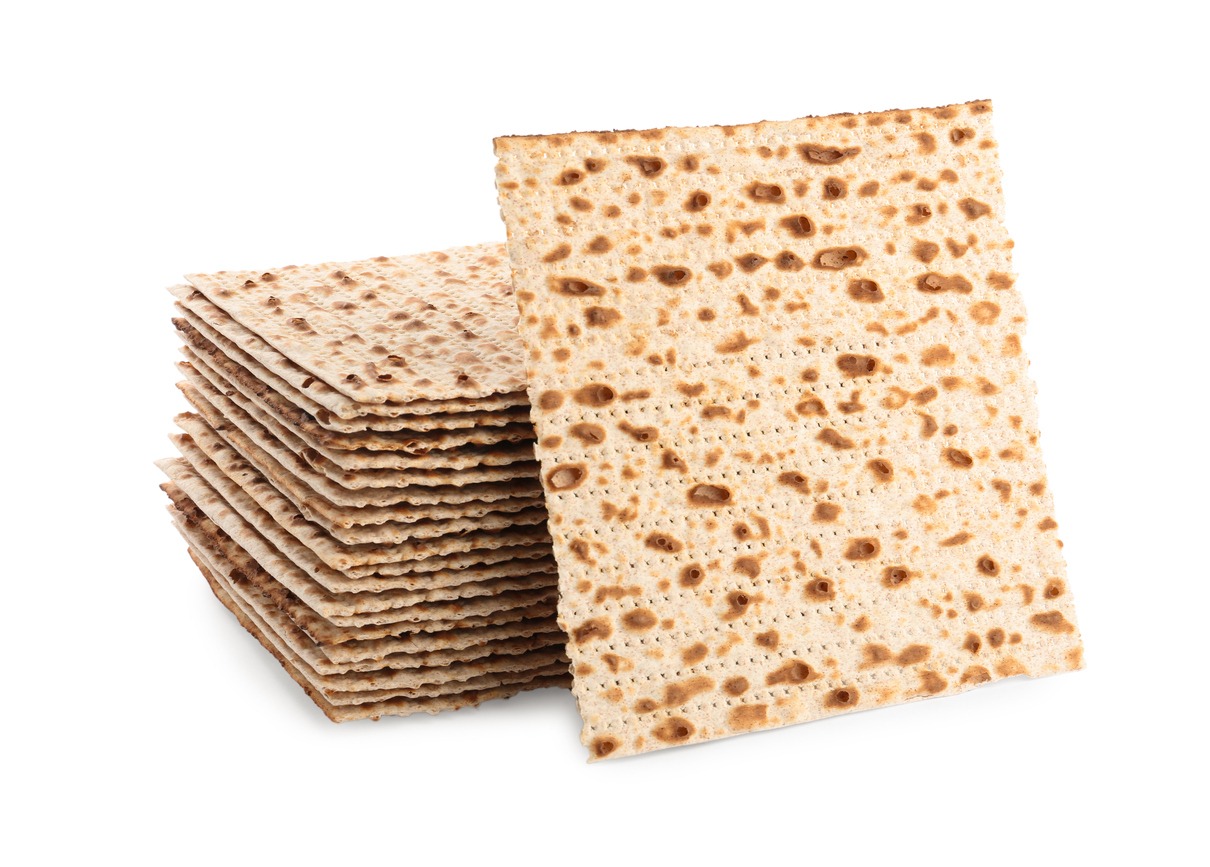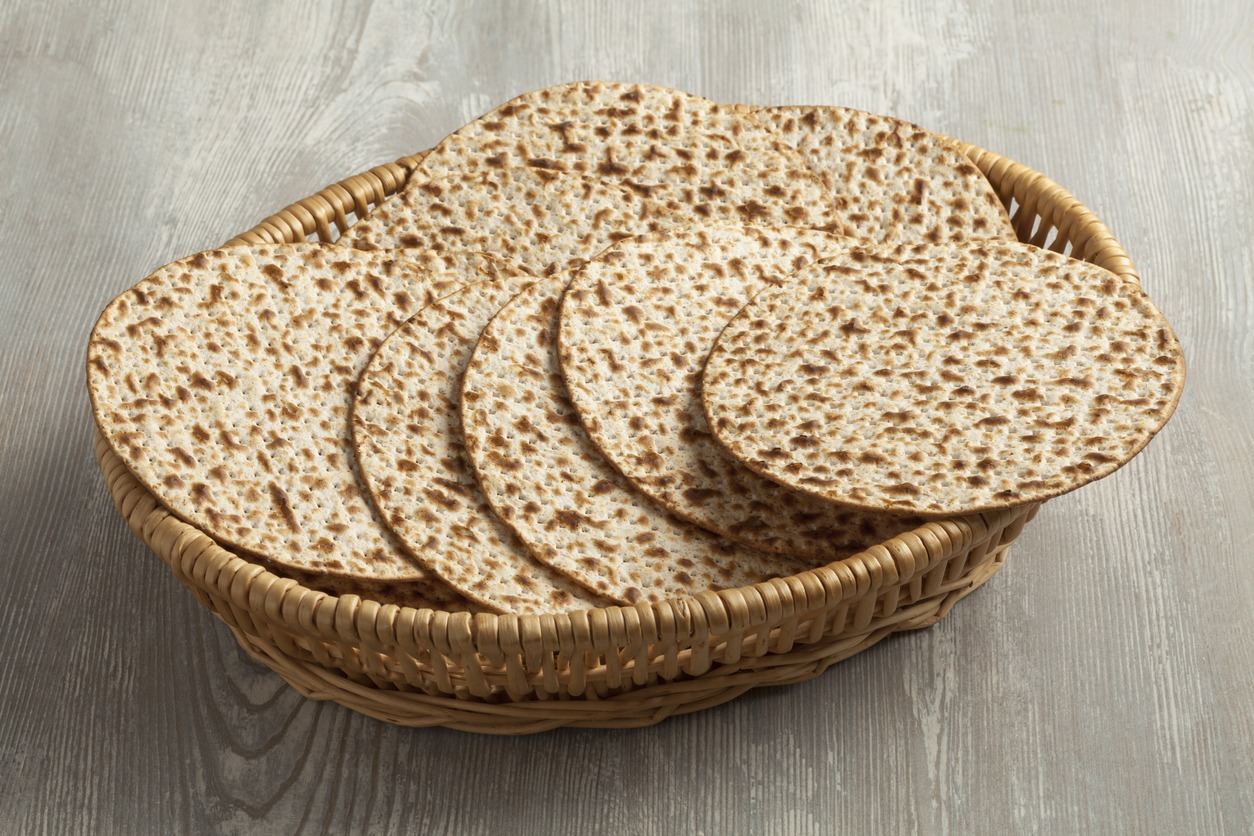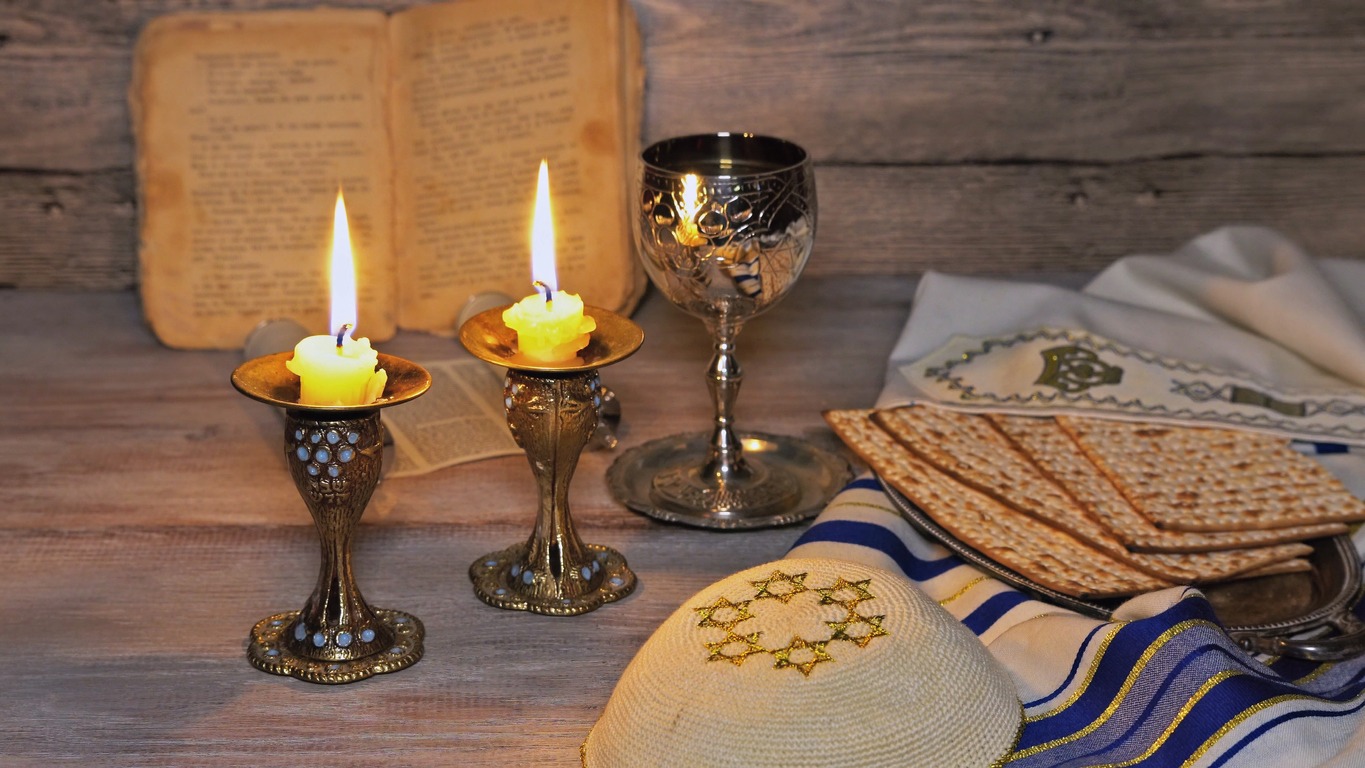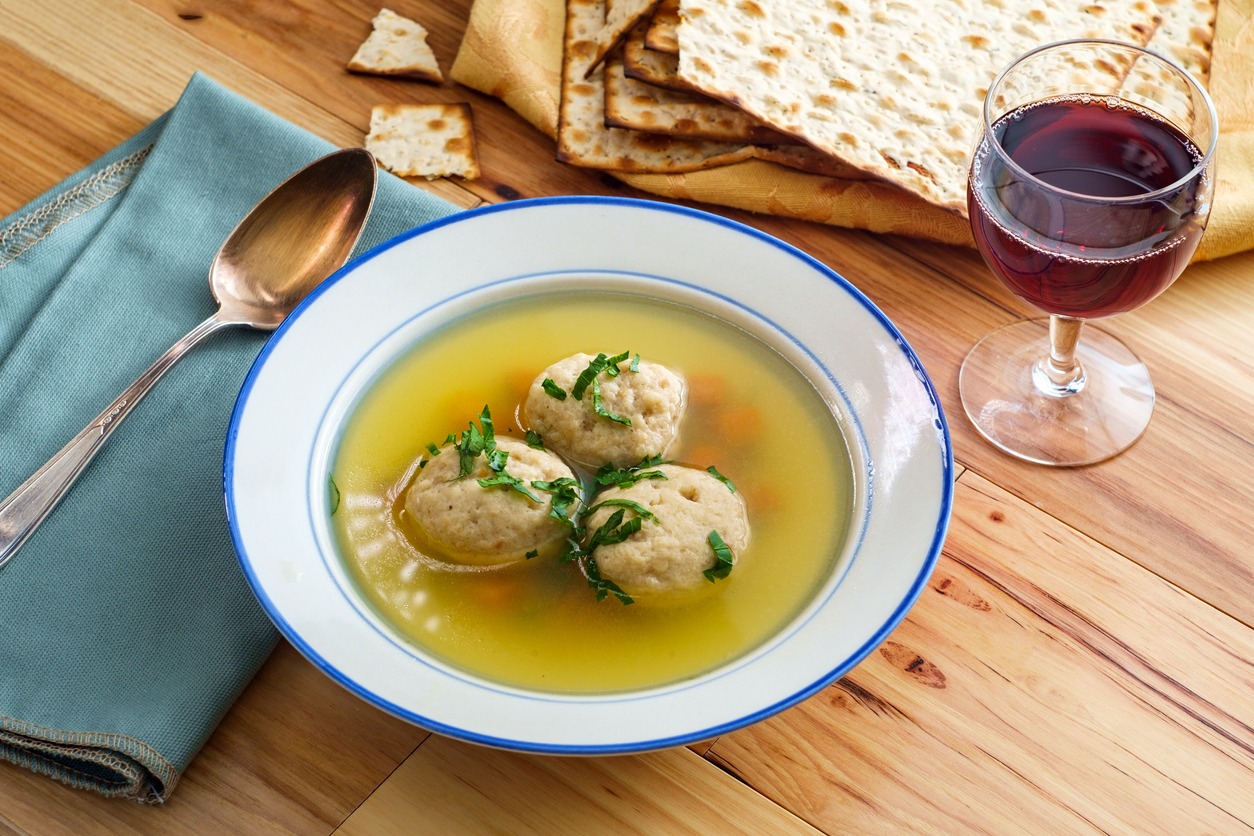If you happen to encounter Passover (Pesach) week in your visit to Israel, you may have seen those big, cracker-like bread on the Passover seder table or shelves in local stores, fully stocked with boxes of such bread. You may have also tried it at one point out of curiosity.
Some well-known dishes in Israel, such as falafel or hummus, are prevalent throughout the Middle East and the Mediterranean. Matzo, however, is uniquely Jewish..
Matzo (also spelled “matza” or “matzah”) is an unleavened bread that is an integral part of the Passover festival. Matzo is eaten at the Passover seder, a ritual meal that marks the beginning of the Passover. But when and how did matzo become an integral element of the festival? How is it prepared? And what is the symbolism behind it?
Matzo preparation
For thousands of years, the fundamentals of making traditional Passover matzo have remained unchanged, steeped in religious traditions despite the technological advancements (and added flavors).
Simple matzo is made from plain flour and water. The flour must be made from one of the five grains: wheat, barley, oat, rye, or spelt. Sephardic Jews allow the use of eggs, milk, or fruit juice as an additional or optional ingredient.
For the entire week during Passover, observant Jews refrain from any leavened product, replacing it with a flat disc or sheet of bread that is matzo. Chametz is a term for any food with a leavening agent, like yeast, baking powder, sourdough, etc., that is forbidden during Passover. Bread, pasta, cakes, cookies, pretzels, crackers, beer, and whisky are some examples of foods considered chametz.
Orthodox Jews go a step a bit further, eating only shmurah (“guarded”) matzo. It is matzo made under strict supervision from the time the grain is harvested to ensure that it never comes in contact with a liquid that could lead to accidental leavening or fermentation. Rabbinic law instructs that once water is added to the flour, the dough must be kneaded, rolled, and baked within 18 minutes. If the dough stays longer than 18 minutes, it will start to rise, which is a no-no. So, as you can see, making matzo is quite strict, and Judaism takes this process very seriously.
The history of matzo
The origins of matzo are as old as civilization itself. The Passover is a commemoration of the Israelites’ exodus from Egypt. When Egypt’s pharaoh finally agreed to let Moses’s enslaved people go, the Israelites left their homes in such haste that they didn’t have the time for their dough to rise. The baked dough resulted in matzo.
In 1838, a man named Isaac Singer (no, not the sewing machine inventor) invented a matzo dough-rolling machine that could cut down on the dough’s preparation time and make mass production possible. But Singer’s invention, as you would have guessed, was welcomed with grave reservations among European rabbis, with some going so far as to declare it as treif (not kosher).
Many expressed their fears about the new invention. They argued that the new matzo dough-rolling machine would mean the loss of livelihood of those making a living by kneading and rolling traditional matzo by hand. Some worried that contaminants would find their way into the matzo dough, rendering it unfit for ritual consumption. Others were simply not ready to accept the many challenges modern changes posed to the traditional, time-honored way of doing things.
It took quite a while to convince the rabbinate that the mechanization of matzo-making might well be a benefit rather than a disadvantage.
A Lithuanian Jewish immigrant, Rabbi Dov Behr Manischewitz, opened the first matzo factory in Cincinnati, Ohio, USA, in 1880. The factory developed a completely automated technique of matzo production, which resulted in matzos that were uniform in size, shape, taste, and texture – a far cry from the lumpy and bumpy handmade matzos. By the 1920s, his company had become the biggest matzo producer in the US.
But despite the success, Manischewitz had to endure the questions and controversies surrounding his matzo-making machines. But after spending 13 years studying the Talmud in Jerusalem, even the most hard-lined traditional Jews eventually considered him an authority on matzo. Manischewitz’s matzos remain popular up to now.
Why must the matzo dough be unleavened?
Apart from its historical significance with the early Israelites, there are numerous symbolic explanations for why matzo is unleavened. While matzo symbolizes freedom and redemption, it is also considered a “poor man’s bread,” thus serving as a reminder to be humble and what life was like in servitude. Leaven (yeast, etc.) also symbolizes pride and corruption as it “puffs up.” Eating matzo, rightfully called the “bread of affliction,” serves as a lesson of humility and an act that makes one appreciate the value of freedom better.
What does matzo taste like?
Matzo looks like a giant cracker, and it pretty tastes much like a cracker, too. Or, to be more precise, the taste and texture are a cross between a crispy cracker and crunchy flatbread. Since matzo is unleavened, there’s no rising that occurs. Matzo also tends to be dry, making it the perfect partner for several spreads and toppings like butter, jam, tuna salad, etc. Matzo is also an ingredient in several dishes, including matzo ball soup and matzo brei.
Matzo has also found favor among the Gentiles, the reason why companies came up with matzos of various flavors and variations – garlic, onion, chocolate, high-fiber, and gluten-free. However, the traditional Passover matzo remains the most popular.



